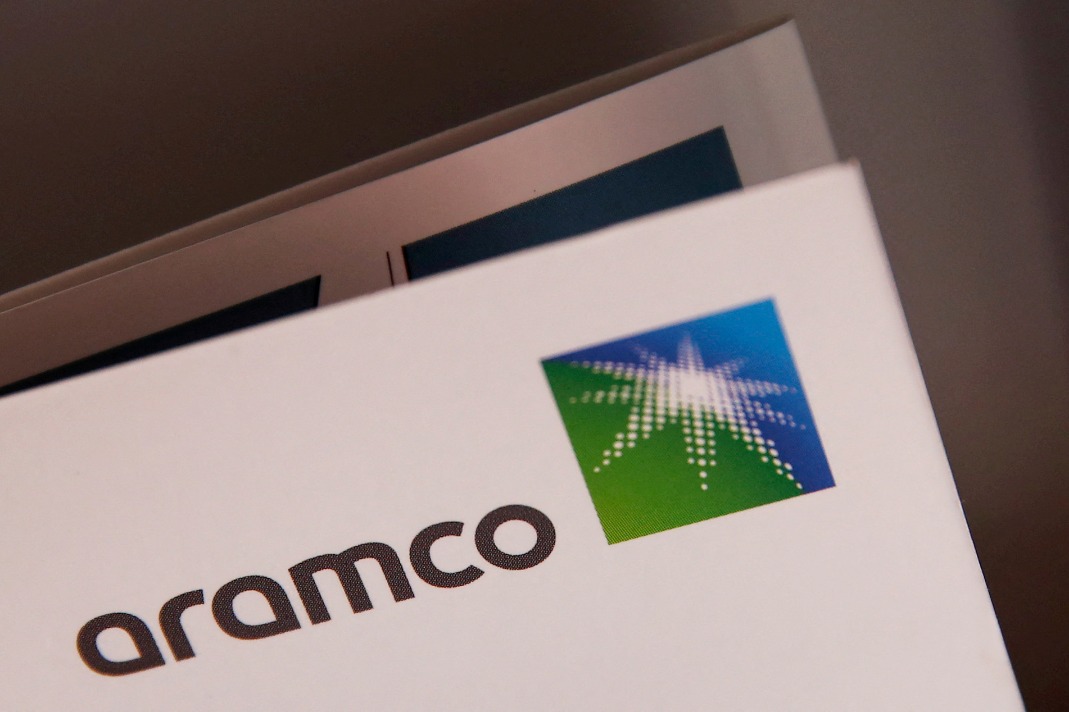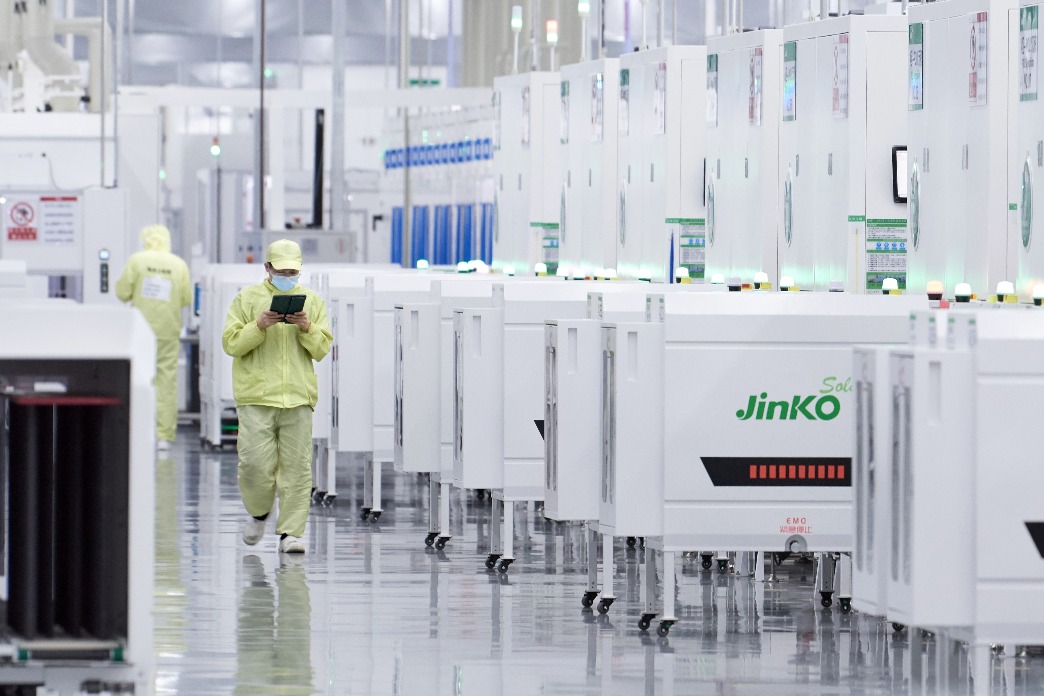How neighborhood networks change development game


As the idea of making the global and regional economies better and healthier gathers steam, the Regional Comprehensive Economic Partnership agreement, with its focus on strengthening, extending and supplementing regional supply chains, has emerged as the foremost driver of global economic recovery, poised to benefit the entire world.
Against the backdrop of certain Western countries' stress on "decoupling and de-risking", the RCEP promises many advantages like better communication, increased mutual trust and collaborative efforts among the 15 member countries. This is particularly critical in collectively countering external forces that could disrupt the process through non-market means.
Judging from the total trade volume of the RCEP members since January 2022, the dividends of this agreement are interrelated, not isolated. The foundation of the trade dividend supports other dividends, while the industry dividend relies on the trade dividend. The institutional dividend signifies the elevated expansion of trade and industry dividends, continuously enhancing them in return.
According to data from the World Trade Organization and the Secretariat of the Association of Southeast Asian Nations, the RCEP amalgamates 27 existing bilateral and multilateral trade arrangements and 44 investment deals among its member economies in the Asia-Pacific region. This has eventually culminated in a comprehensive, contemporary, high-standard and mutually beneficial free trade agreement.
Notably, the RCEP unites China, Japan and South Korea under the same economic framework for the first time.
With distinct national circumstances, the RCEP member countries exhibit considerable disparities in terms of natural resources, economic magnitude and developmental stages. This mega agreement mirrors the ongoing commitment of these nations to promote win-win development.
By fully leveraging the comparative advantages of each country and utilizing rules of origin accumulation, a high-quality industrial chain with global competitive edge is being cultivated within the East Asian region. Given the varying growth levels among the RCEP member countries, a unique developmental momentum specific to the region has emerged.
Each country can engage in the regional production system based on its comparative advantages in raw materials, technology, capital, labor and manufacturing capabilities.
For instance, South China's Guangxi Zhuang autonomous region has recently embraced a robust season of fruit imports from Southeast Asian markets, capitalizing on the favorable climate, proximity to China and preferential tariff policies. Trucks continually transport fruits to the port, and Customs clearance of such products can be usually completed within half a day.
At present, about 50 percent of the RCEP's intra-regional trade involves intermediate goods, and member countries are closely interconnected within industrial and supply chains, according to the Beijing-based China Center for International Economic Exchanges.
Under such circumstances, accumulation of the rules of origin in the RCEP has spurred the rapid growth of intermediate goods trade, leading to the increasing integration and development of regional industrial and value chains.
A large number of companies have begun cross-border layout and integration of production processes based on different member countries' comparative advantages. This trend will elevate the level of regional economic integration, further consolidating the existing East Asian production network and enhancing the resilience of the entire regional industrial and supply chains.
Such efforts are also conducive to reinforcing East Asia's competitive edge within the three major global production networks: North America, East Asia and Western Europe.
Since the institutional dividend of the RCEP primarily involves the effective implementation of various conveniences and preferential policies under existing rules, it would be beneficial for all parties to further enhance policy coordination, facilitate regional regulatory convergence, reduce institutional costs and genuinely improve the business environment.
In the face of rapid advancements in high-end technologies such as artificial intelligence, big data and the internet of things, supporting emerging sectors like e-commerce and data trade becomes imperative. This will create room for deep cooperation among member countries in areas including data infrastructure, cross-border e-commerce, smart cities and 5G applications in the next stage.




































